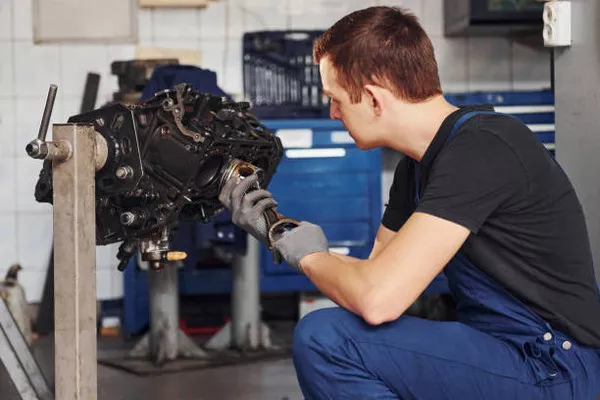A recent study conducted by Visual Components, a leading developer of 3D simulation software, reveals that over a third of UK manufacturers (34%) consider hiring new talent as one of their most significant challenges. This sentiment is echoed by 42% of US manufacturers, indicating a worldwide struggle with technology skills shortages.
The research paints a concerning picture as businesses anticipate 25% of their workforce departing in the next five years. Astonishingly, 53% of these businesses lack a strategy to manage the loss of knowledge accompanying the departure of skilled professionals.
Compounding the issue, a significant portion of manufacturers (53%) has yet to establish relationships with educational institutions, hindering the development of a talent pipeline for the industry. As skilled workers leave or retire, the failure to attract and integrate new hires intensifies the challenge.
While 81% of respondents believe their existing solutions position workers at the heart of the production process, only 46% are actively training them in the use of new technologies. This gap in training exacerbates the skills shortage issue, especially as technology continues to evolve.
One notable deterrent for prospective talent is the prevalence of legacy equipment, with 31% of factory machinery falling into this category. The younger generation, accustomed to digital solutions, may find the outdated machinery less appealing, contributing to the recruitment challenge.
Surprisingly, the study highlights that current employees are enthusiastic about adopting new solutions, with 78% of respondents noting no hesitancy among their workforce to embrace new platforms. This positivity underscores the potential for upskilling initiatives.
Mikko Urho, CEO of Visual Components, emphasizes the critical role of upskilling in addressing the skills shortage: “The skills shortage has made it critical that manufacturers upskill current employees with supporting technologies to ensure that they sit at the centre of the production process in the age of Industry 5.0. Deployment of robots, alongside digital solutions such as OLP and simulation software, can train employees in state-of-the-art solutions and also encourage new talent to join the sector.”
The urgent call to action is clear – manufacturers need to prioritize upskilling programs, leverage advanced technologies, and establish collaborative partnerships with educational institutions to build a sustainable pipeline of skilled talent. Addressing the skills shortage is pivotal for the industry’s future success in the rapidly evolving landscape of Industry 5.0.

